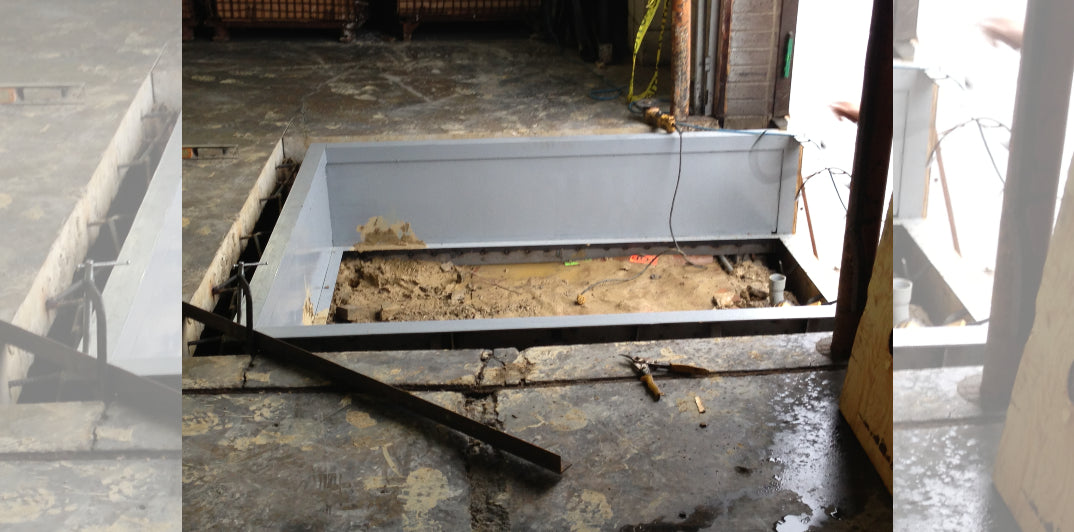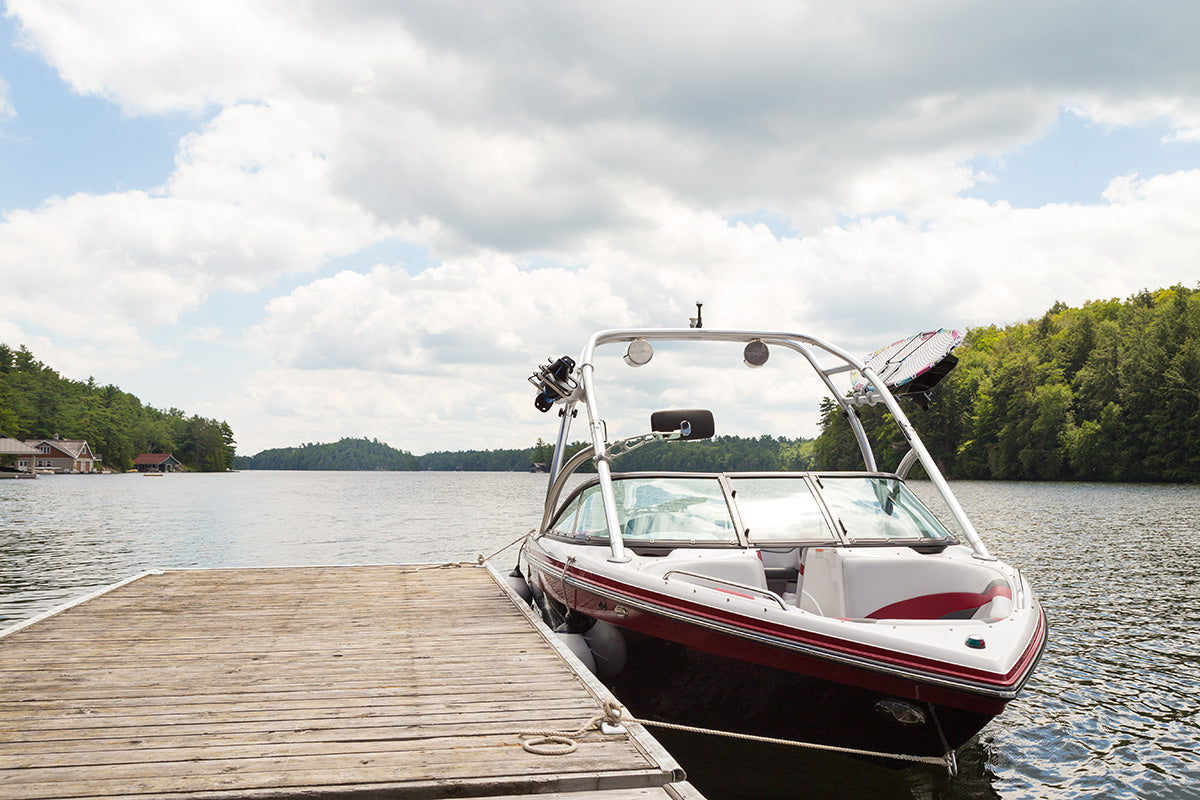How to Address Common Dock Repair Service Issues for Safe Water Tasks
Identifying Common Dock Issues
Determining usual dock concerns is essential for keeping the performance and safety of your beachfront home. Routine examinations can help discover issues before they become extreme, ensuring both the long life of the dock and the security of those who use it. One widespread concern is loosened or corroded bolts. Gradually, screws, bolts, and other bolts can become loosened because of continuous direct exposure to water and climate components, leading to structural instability.
An additional common trouble is the degradation of flotation protection devices. These tools are important for maintaining the dock buoyant, and any kind of damage or leaks can cause the dock to listing or sink. Regularly looking for leaks or water logged drifts can preempt more significant problems.
Additionally, algae and barnacle build-up on the dock's surface can create unsafe and hazardous problems. This biofouling not just poses a risk to customers but can likewise speed up the wear and tear of the dock products.
Lastly, inspecting for indications of corrosion on metal elements is necessary. Rust can endanger the honesty of the dock's structure, making it hazardous. By regularly recognizing these common dock concerns, you can guarantee that your dock remains useful and secure for years to come.
Fixing Rotting Timber
When addressing the issue of rotting wood on your dock, it is imperative to act swiftly to avoid more damage. Begin by extensively inspecting the entire structure to identify all affected areas. Make use of a screwdriver to penetrate the wood; if it sinks in quickly, the timber is most likely rotted and requires immediate focus.
Once identified, eliminate the decomposed areas making use of a saw or chisel. Make sure to reduce to healthy, strong wood, ensuring you remove all jeopardized product. After elimination, treat the staying wood with a wood chemical to avoid future rot. This therapy will aid guard against dampness, which is the key source of wood decay.
Next, change the removed areas with marine-grade lumber or pressure-treated wood, which are more resistant to water damage. Safeguard the new items with stainless-steel or galvanized bolts to stop deterioration. Furthermore, using a water-proof sealer to the new timber can supply an additional layer of security.
Protecting Loosened Boards
Just how do you guarantee your dock continues to be safe and functional for all its individuals? One essential aspect is securing loose boards, which can otherwise posture significant risks. Loosened boards not just increase the danger of stumbling yet can also jeopardize the architectural stability of the whole dock.

For reinstallation, make use of galvanized or stainless steel screws, as these materials provide exceptional resistance to rust in aquatic atmospheres. Make sure the screws are long enough to permeate deep right into the underlying assistance framework, yet not as long that they extend via the dock's surface. Pre-drilling pilot holes can help avoid the timber from splitting.
Lastly, maintain a normal examination routine to recognize and resolve any kind of new problems without delay. By protecting loose boards successfully, you add to the total safety and durability of your dock, making it a trustworthy platform for water tasks.
Supporting Unsteady Pilings
Guaranteeing the security of unstable pilings is extremely important to maintaining a risk-free and useful dock. Utilize a level to examine for upright alignment and ensure they are driven deep enough into the substratum to supply adequate support.
If the pilings are discovered to be unpredictable, one effective method for reinforcement is the use of extra supporting. Cross-bracing with treated lumber or galvanized metal can significantly improve security. Support the dental braces safely to both the pilings and the dock framework to distribute tons equally.

Normal maintenance and periodic review of the pilings' stability are important to guaranteeing long-term dock safety and security and performance.
Replacing Rusty Equipment
Attending to unsteady pilings is simply one aspect of maintaining a dock's stability; another critical issue is replacing corroded hardware. With time, exposure to dampness and salt can result in the oxidation and corrosion of braces, bolts, and screws, compromising the entire framework's safety. Normal assessment for rust is necessary, particularly after serious climate or seasonal modifications.
When corroded hardware is recognized, instant action is required. Begin by selecting marine-grade stainless steel or galvanized hardware, both made to stand up to the harsh marine setting. Ensure that you have the proper devices, such as wrenches and screwdrivers, to securely get rid of the old, corroded pieces without creating further damage to the dock.
After removing the rustic hardware, extensively tidy the influenced locations to get rid of any residual corrosion or debris. Apply a rust-inhibiting primer to subjected steel surfaces before mounting the brand-new hardware. Tighten all components securely to stop future loosening, and periodically evaluate the installations to guarantee ongoing security.
Changing rustic hardware not only extends the dock's lifespan yet also dramatically improves the safety of water activities. By proactively taking care of corrosion, you safeguard both the framework and its individuals, making certain a secure and pleasurable waterfront experience.
Conclusion
Routine assessments and upkeep are crucial to resolve usual dock site link repair problems and guarantee safe water activities. Such aggressive actions add to the general safety and capability of dock frameworks, promoting a safe and secure setting for water-based tasks.
Making sure the safety of water tasks pivots considerably on the correct maintenance and fixing of anchors (Dock Repairs). These devices are vital for maintaining the dock buoyant, and any type of damages or punctures can cause the dock to checklist or sink. By routinely recognizing these common dock problems, you can make certain that your dock stays secure and useful for years to come
Guaranteeing the security of unstable pilings see this site is critical to preserving a functional and safe dock.Routine examinations and maintenance are crucial to attend to usual dock repair service issues and make certain risk-free water activities.
Comments on “Recognizing the Prices Involved in Dock Repairs”